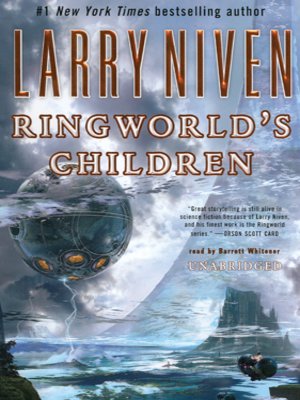
The important point for the purposes of this blog, however, is that it's awesome. It provides its own gravity by spinning it gets energy from the star it orbits it has walls thousands of miles high at each rim to hold in air … I could provide endless statistics and facts about this creation and many have, most notably in this interactive map (complete with soothing music in case all the number-crunching makes your brain ache). The thing is supposedly a million miles wide, 93 million miles in radius and thus around 600m miles long. It's an advanced form of a Dyson sphere: a huge, ring-shaped planet built by design rather than nature. The Ringworld in question is not whatever filthy thought came to your mind when you first registered the book's naive title but one of science fiction's most successful Big Dumb Objects.

Niven's ideas have played a part in the lives of millions of people and helped console games on the way to being among the most important and impressive cultural artefacts of our time. The Ringworld of the book's title is a direct ancestor of the Halo system that in turn provided the name for the Xbox killer app. As well as having had a huge impact on nearly all subsequent space operas (Iain M Banks' Culture series and Alastair Reynolds' House of Suns are just two), the book has helped generate a multi-billion-dollar industry.

Larry Niven's 1970 Hugo award winner, Ringworld, is arguably one of the most influential science fiction novels of the past 50 years.


 0 kommentar(er)
0 kommentar(er)
